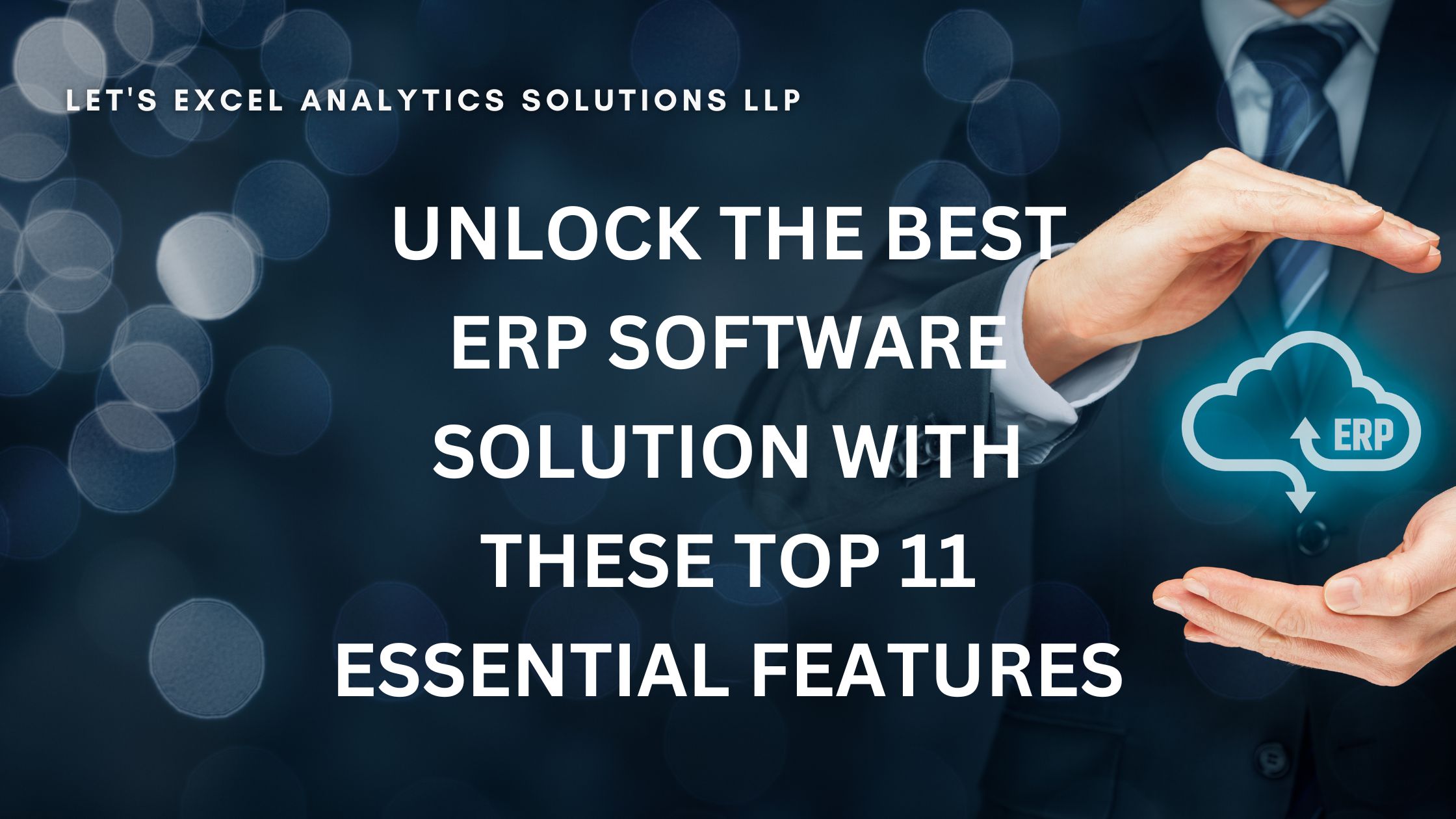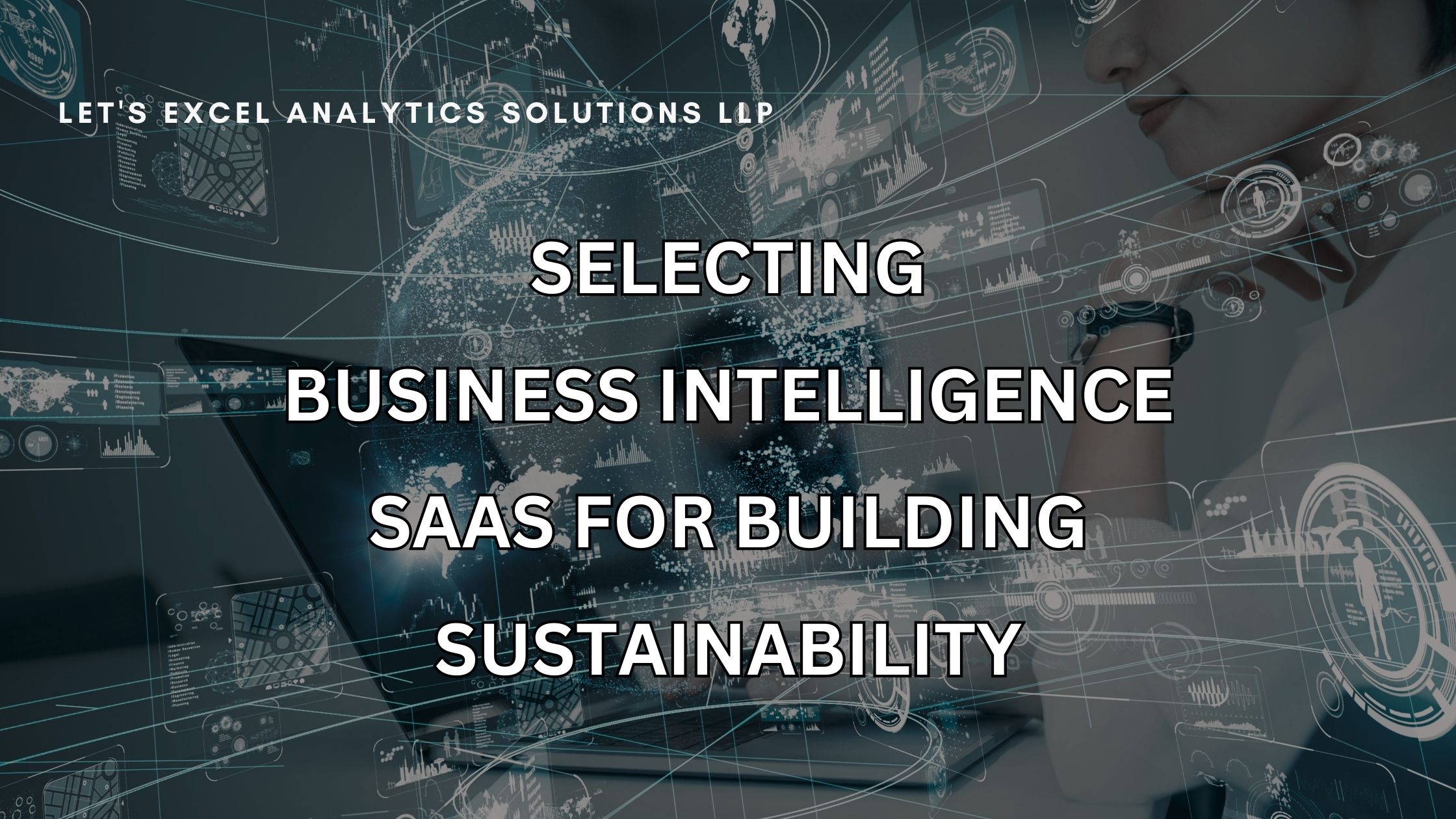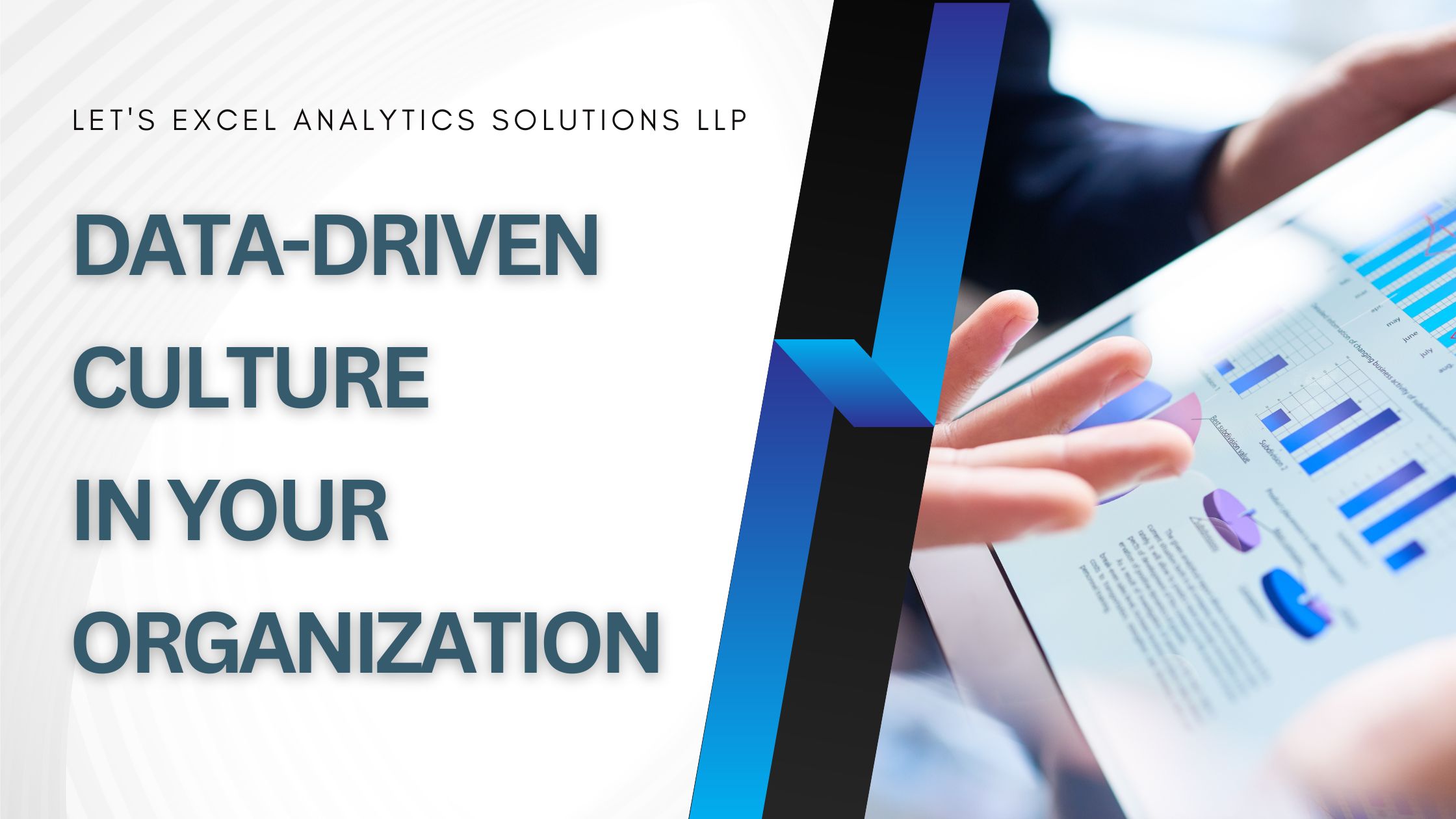What are ERP Software Solutions?
Enterprise Resource Planning (ERP) is a software or system businesses utilize to organize and oversee various daily operations effectively. This includes supply chain management, manufacturing, services, financials, and other crucial processes. ERP software solutions facilitate the automation and optimization of specific tasks within an organization, enhancing efficiency and effectiveness. It helps in accounting, procurement, project management, customer relationship management, risk management, compliance, supply chain operations, etc.
ERP software solutions enhance communication and information sharing between company departments. By collecting and consolidating data on activities and status from different divisions, valuable information becomes easily accessible and can be effectively utilized throughout the organization. Thus it can boost productivity and employee satisfaction by providing a clear understanding of how each department contributes to the company’s mission and vision.
How does ERP Software Solutions Work?
ERP software integrates business operative and administrative data into a single application, utilizing a centralized database for consistent and reliable information. By providing real-time reporting and analytics capabilities, ERP software also helps users to generate tailored reports and analyze data.
ERP Software provides standardized workflows and procedures that help optimize resource allocation and improve productivity. It enables improved communication among different departments and teams by providing a platform for sharing information, documents, and workflows, fostering better coordination and decision-making.
ERP systems are designed to accommodate the growth and changing needs of businesses. They handle large data volumes and adjust to changing requirements through configuration and customization capabilities. This flexibility ensures that the ERP systems can effectively support business growth and seamlessly adjust to the dynamic nature of the organization.
Top 11 Essential Features of ERP Software Solutions
Choosing the best ERP Software Solution is of the most crucial importance as the right software can be tailored to your needs, promotes growth, and integrates seamlessly with existing infrastructure to give you maximum productivity and success.
Here are 11 essential features of ERP software solutions to make that informed decision of choosing the best one for your business:
Centralized Database
A centralized database is a key feature of ERP software solutions. The software should serve as a central location where all relevant data from various departments and functions within an organization are stored and accessed. It should eliminate the duplication of data, inconsistencies, and discrepancies that occurs from maintaining multiple separate databases thus providing efficiency.
Financial Management
The ERP software must contain the tools and functionalities designed to effectively manage an organization’s financial processes. The financial management feature should enable precise monitoring and control of financial transactions, ensuring accurate tracking of income, expenses, assets, and liabilities along with offering budgeting and forecasting capabilities and allowing organizations to create and manage budgets.
Supply Chain Management
Facilitating the efficient management of procurement, inventory, and supply chain processes are some of the essential functions to be present in the Supply Chain Management feature of the ERP Software Solution. The supplier Relationship Management feature helps the business to ensure quality, reliability, compliance with supplier agreements and effectively manage relationships with suppliers.
Manufacturing and Production Planning
ERP software solutions should enable effective management of manufacturing processes, planning production activities, and allocating resources efficiently in a business. ERP systems allow for the generation of production schedules by considering factors such as demand, resource availability, and capacity constraints. This facilitates the optimal allocation of resources, machinery, and labor to ensure the efficient achievement of production targets.
Customer Relationship Management (CRM)
ERP software solutions with CRM capabilities provide a centralized database for storing and managing customer information, including contact details, purchase history, preferences, and interactions. It also helps in effective lead and opportunity management by tracking and managing leads throughout the sales cycle. It also follow-ups, assigns tasks and converts leads for potential sales.
Take a look at our SuiteCRM Implementation Services to manage and enhance customer relationships.
Human Resources Management
ERP Solutions provide effective HR administration by providing a centralized database to store and manage employee data. This includes personal information, employment history, skills, certifications, and performance records. It also helps in the recruitment and onboarding of new employees and the performance management of existing ones ensuring the smooth functioning of the organization.
Business Intelligence and Reporting
ERP Software Solutions enable organizations to gather, analyze, and visualize data to gain valuable insights and make informed business decisions. They offer powerful analytics and visualization tools to analyze and interpret data. Users can generate reports, create dashboards, and use interactive visualizations to gain insights and provide a comprehensive view of the organization’s operations.
Integration and Compatibility
ERP Software Solutions enables businesses to seamlessly connect and communicate with other systems, applications, or modules within the organization. It allows data and processes to flow smoothly between different departments and functions. This ensures that information is shared efficiently, enabling real-time visibility and accurate decision-making. Along with this it coexists and interacts harmoniously with other technologies already in place.
Mobility and Remote Access
This feature of the ERP Solutions enables users to access and utilize the system from anywhere, using various devices. Remote access in ERP software allows authorized users to securely access the system and its functionalities from remote locations. Overall it provides a user-friendly experience, enabling users to stay connected and productive on the go.
Security and Access Controls
ERP software solutions should ensure the protection of sensitive data and regulate user permissions. Implementing measures and protocols to safeguard the system and its data from unauthorized access, breaches, or malicious activities is its main feature. It also enables administrators to manage user permissions and restrict access to specific features and functions.
Scalability and Customization
ERP software administers organizational growth, adapts to changing business needs, and provides a tailored solution to meet the specific requirements of the business. The software should accommodate expanding operations without compromising performance while also adapting to the unique processes, workflows, and industry-specific needs of the business.
Odoo as an ERP Software Solution
Odoo is a widely adopted open-source ERP software solution, with a user base exceeding three million. It offers a comprehensive suite of business applications and modules. It covers various areas such as accounting, manufacturing management, CRM, sales, and more. Odoo serves as a versatile platform for enterprise resource planning for efficient business management. By leveraging these applications and features, business owners can enhance operational efficiency and streamline their processes effectively.
Check out our Odoo ERP implementation services now for enhancing your business productivity.
Conclusion
Implementing an ERP system enables businesses to enhance operational efficiency, foster growth, make better decisions, and remain competitive. The integrated nature of ERP software empowers organizations to leverage data effectively, streamline processes, and align resources for long-term success. By embracing ERP, businesses can optimize operations, drive expansion, enhance decision-making capabilities, and gain a sustained competitive advantage. Hence, a business needs to choose wisely the best and most efficient ERP Software solution that matches its interests and helps in its growth.
Looking forward to implementing ERP Services in your organization? Get in touch to explore how Lets Excel Analytics Solutions LLP can help you.



